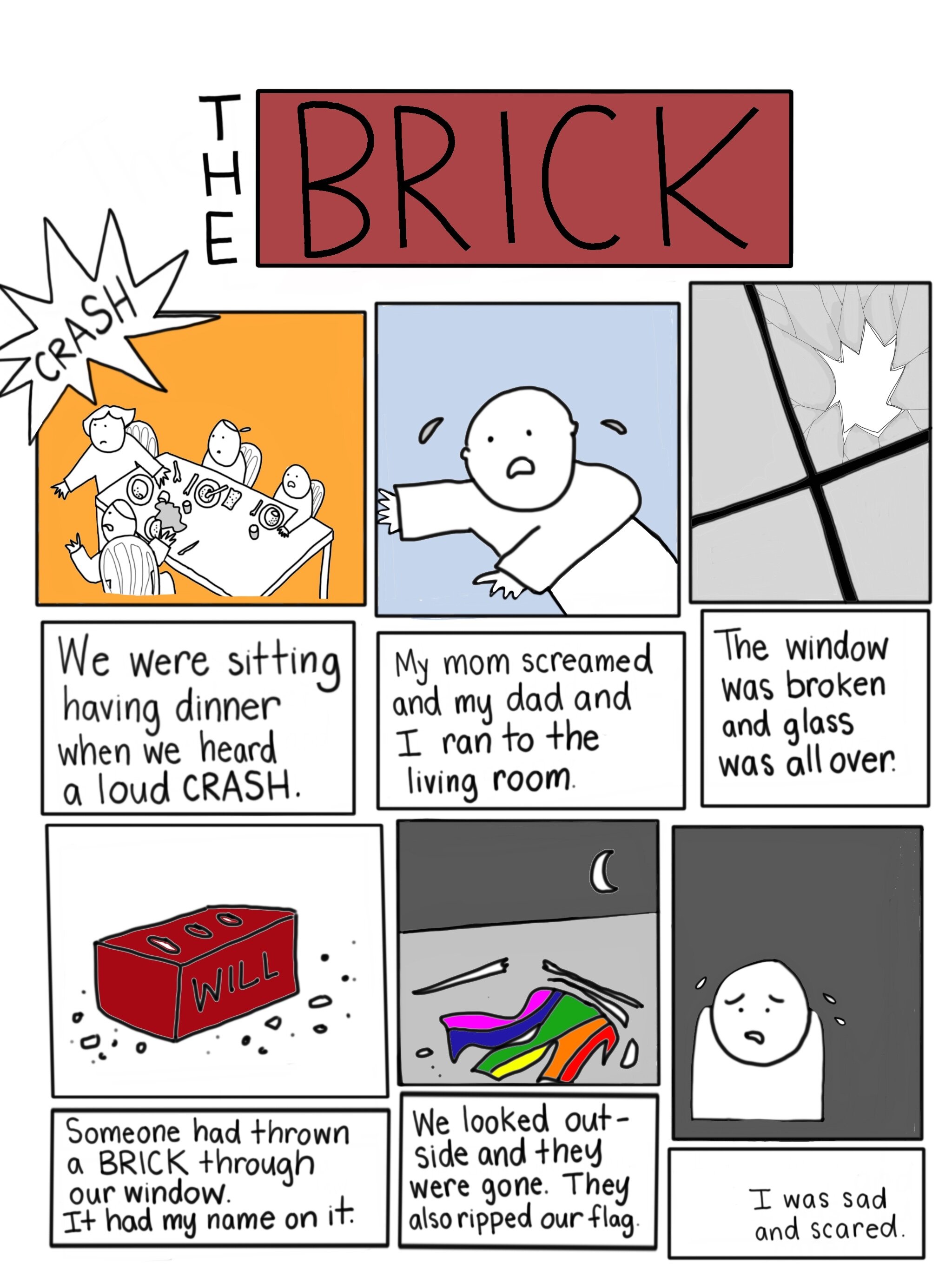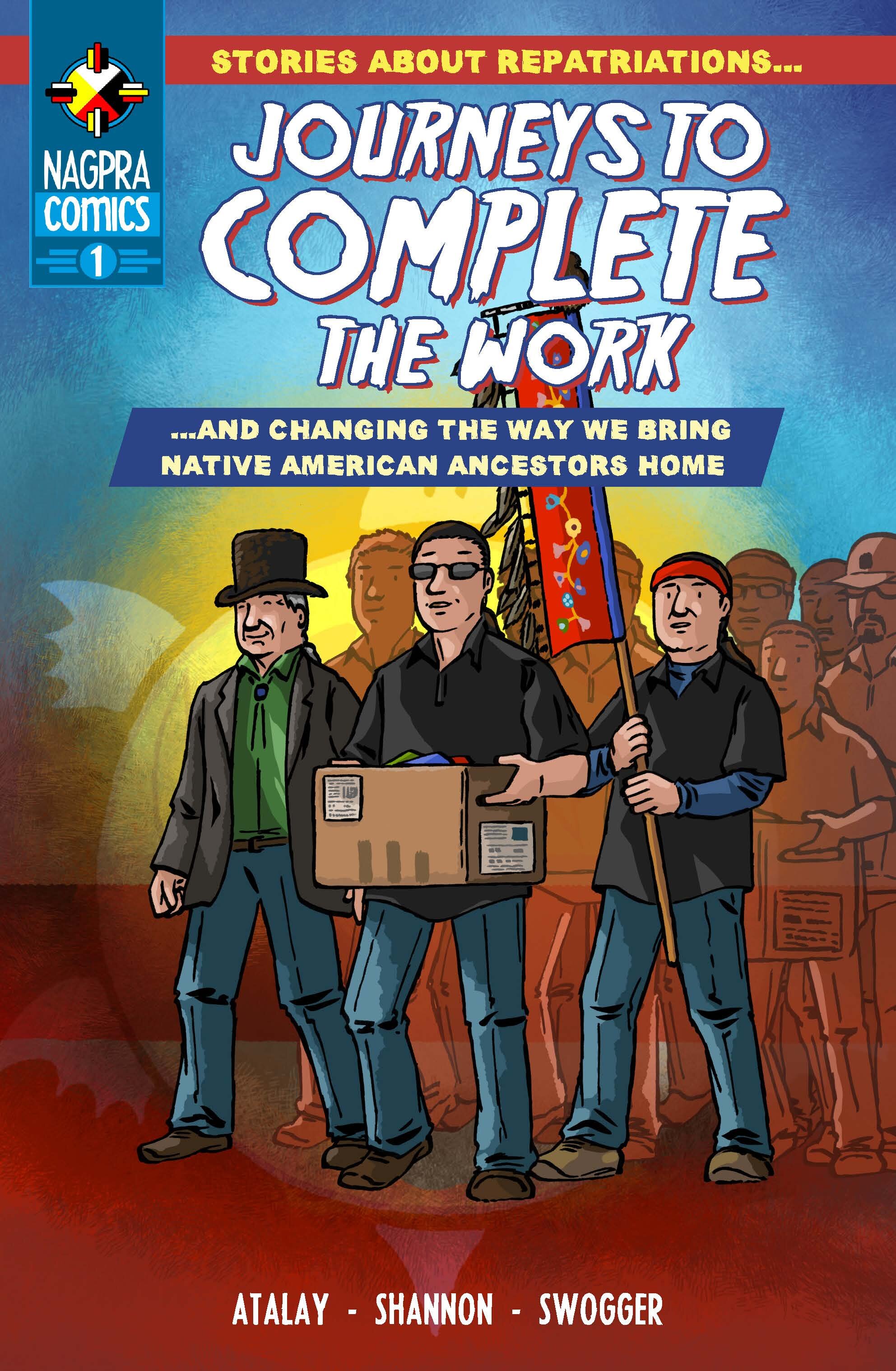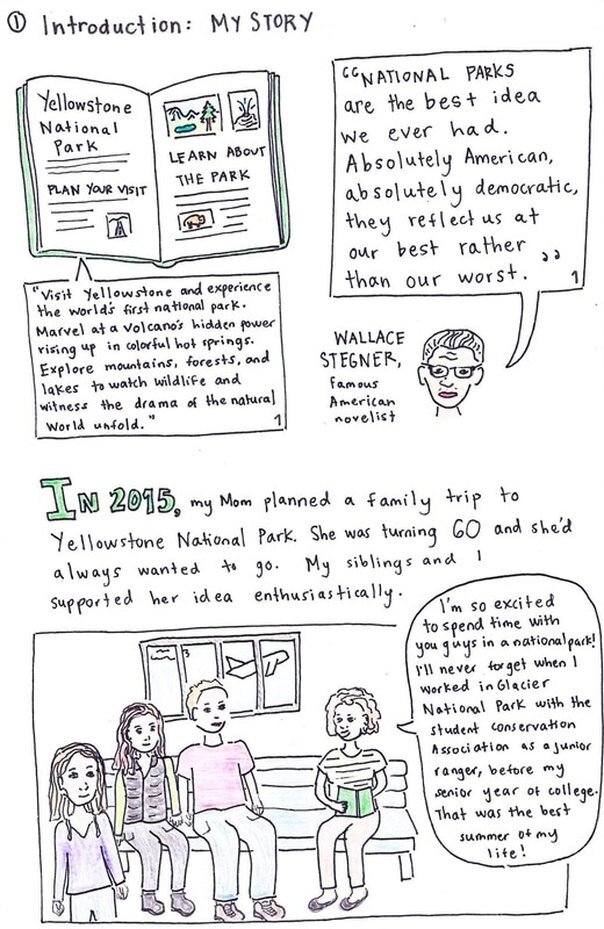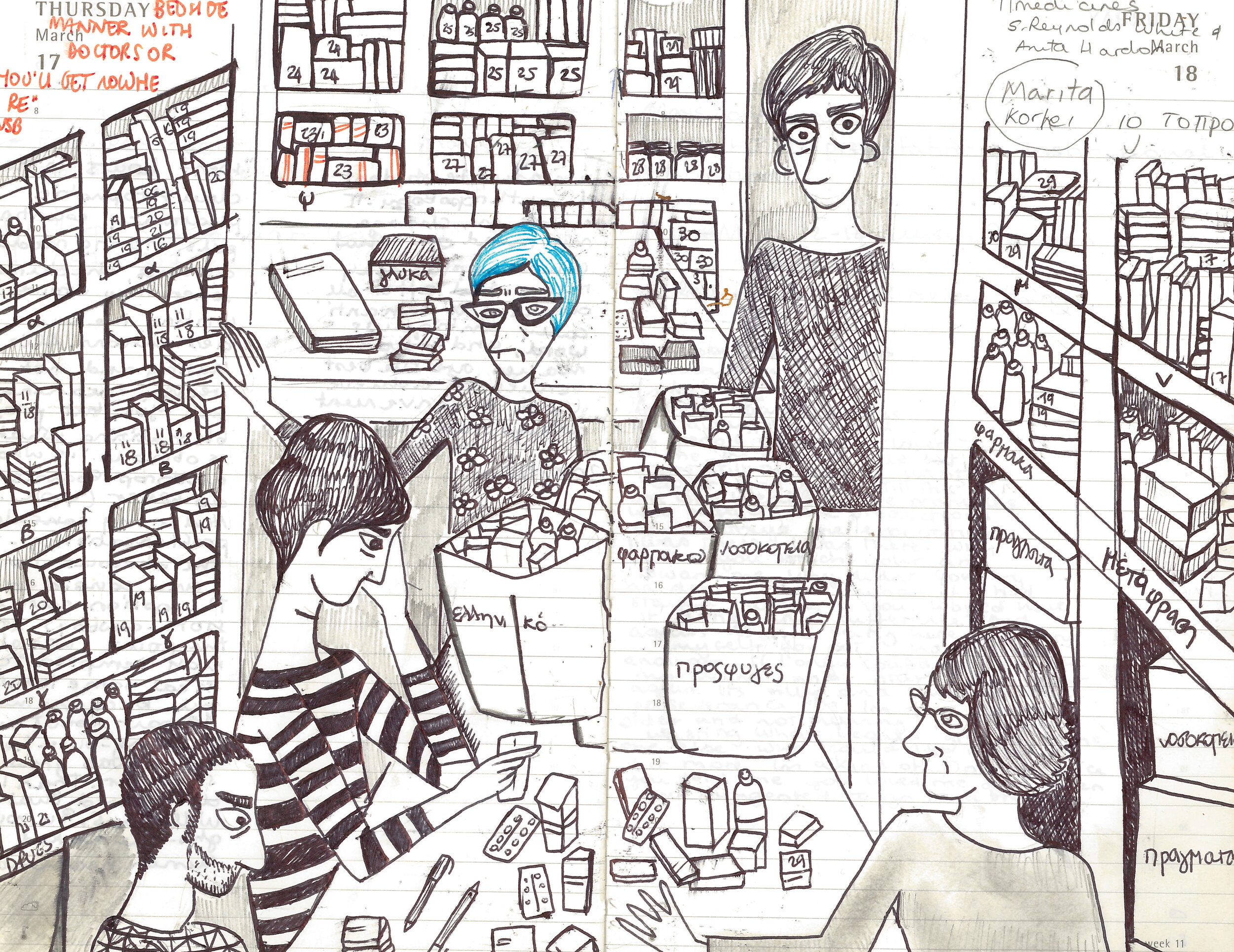Ethno/Graphic Storytelling
Communicating Research and Exploring Pedagogical Approaches through Graphic Narratives, Drawings, and Zines
By Sonya Atalay, Letizia Bonanno, Sally Campbell Galman, Sarah Jacqz, Ryan Rybka, Jen Shannon, Cary Speck, John Swogger, and Erica Wolencheck
In our hypervisual culture, presenting research in a visually engaging way can have a powerful and democratizing impact. Visual methods, such as comics and animation, aid us in telling engaging, memorable stories about our work. Storytelling is an important skill in the research tool kit; it brings much-needed creativity to our work lives and to our research while at the same time helping to democratize knowledge and fulfilling our ethical responsibilities to share scholarship outside the academy.
Comics and animation not only are effective for communicating but also are excellent for thinking. They challenge us to clearly explain complex concepts and ideas, using words and images together to interweave multiple lines of evidence into coherent, compelling, and engaging visual narratives. These tools allow us to move academic knowledge into the hands and minds of diverse audiences, including policymakers, community partners, and other scholars, both in our own field and across disciplines.
We are scholars, artists, and students; we come together with an interest in engaging in research and teaching methods using visuals and graphic artwork. A review of recent literature and publication opportunities reveals that we are not alone in our interest in these formats as platforms for scholarly thinking, research, investigation, and teaching. These nontraditional media formats and their potential are reflected in our own discipline, such as in the creation of a new book series at the University of Toronto Press called Ethno/Graphic: Ethnography in Graphic Form. They are also gaining attention and prominence in other disciplines, such as the growing interest in graphic medicine in the medical and public-health fields (https://www.graphicmedicine.org/) and by scholars from diverse fields who are using arts-based research methods.
What follows are the longer pieces written by each contributor that are excerpted in the print journal. Click below to see each contribution.

Not a Mirror, But an Icon: Ethnographic Comic Art in Three Acts
The story of The Brick, told in three overlapping and iterative acts. A dynamic story, it can be read forward or backward. I encourage you to read it aloud to yourself as you go.

Completing the Journey: A Graphic Narrative about NAGPRA and Repatriation
This comic explains in plain terms what NAGPRA is, why it was enacted, and how what are legally termed “culturally unidentifiable individuals” and “associated funerary objects” are treated under the law. We reference the law itself throughout the comic.

Learning How to Braid Knowledge through Visual Media
3 graphic projects by Sarah Jacqz, Erica Wolencheck, and Ryan Rybka that address settler colonialism and white supremacy in what is now known as Yellowstone National Park, archaeology, legislation, and Native histories in the Connecticut River Valley region, and how archaeology can be a powerful means to engage with contemporary contestations surrounding resource extraction on Indigenous land.

Graphic Violence: Unmasking Cultural Violence in the Classroom with Illustrated Nonfiction
Cary Speck suggests that incorporating such multimodal nonfiction humanizes sufferers more than it exoticizes them. Using such works in violence studies classes instead of comic books still prompts students to grapple with questions of representation, yet does so without relegating structural violence to the realm of fiction.

Drawing as a Mode of Translation
“Between July 2015 and January 2017, I carried out fieldwork in Athens, Greece. I moved there to explore how practices and practicalities of care were reconfigured under economic austerity, which, at that time, had already been underway for five years.”